There are basic ingredients common to both versions. These include camphor, menthol, clove essential oil and paraffin base. The proportions of essential oils are not the same:
The red form contains about 25% camphor (11-13% in the product sold in the EEC which prohibits higher percentages of camphor), 10% menthol and 5% clove essential oil; The white form contains about 25% camphor, 8% menthol and 1.5% clove essential oil. In addition, other components make the difference.
Therefore, only Red Tiger Balm contains:
Cajput oil (7%); Dementholized mint essential oil (6%); Chinese cinnamon essential oil (5%), which gives this balm its red color. The white one, on the other hand, contains eucalyptus essential oil (14%). The rest is based on paraffin and petrolatum (42.0%)
With the addition of ammonium hydroxide, Tiger Balm turns red (original Tiger Balm does not contain any and is red-orange in color).
Tiger Balm, contrary to popular belief, does not contain any tiger parts .
White tiger balm is a softer version of the red one. It provides a sensation of freshness, while red balm provides a sensation of warmth. It can be used to calm migraines, clear the nose and bronchi, and relieve insect bites.
Like red balm, it contains active substances such as menthol, camphor, clove, and eucalyptol. The proportions of the substances in the two balms are not the same, which is why they differ.
The properties are identical, except that white balm is lighter and fights symptoms through the sensation of cold.
How to use: Apply 3 times a day to painful areas, accompanied by a massage. For insect bites, just put a little balm on the reddened area and press hard with your nail to make the pain disappear.
Ingredients: Menthol 8%, Camphor 25%, Eucalyptus Oil 13.7%, Clove Oil 1.43%.
Expiry: A jar of White Tiger Balm can be stored for 3 years.
Gram: 19.4g
Only logged in customers who have purchased this product may leave a review.

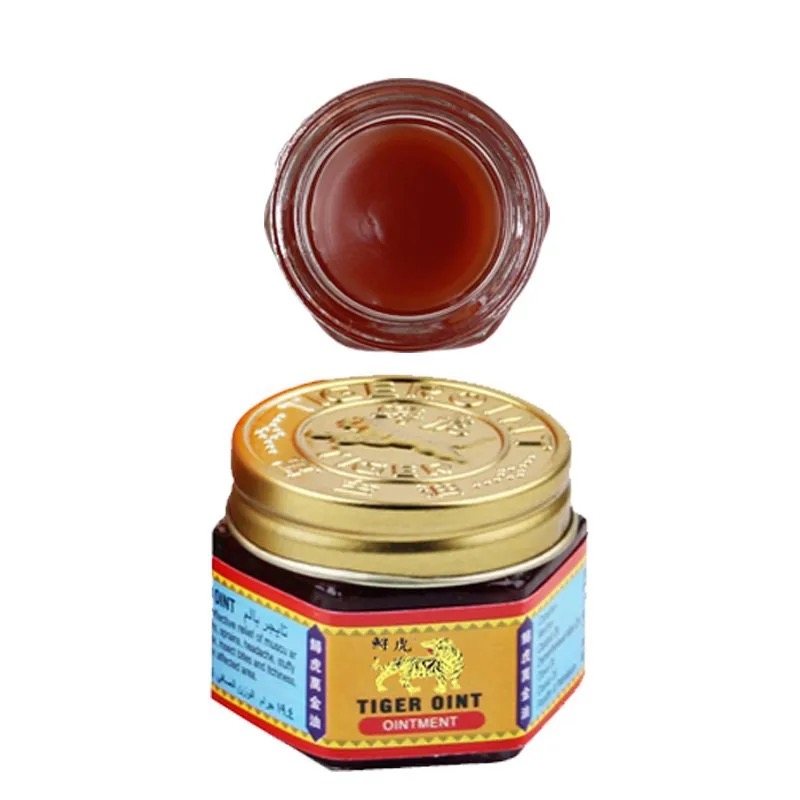
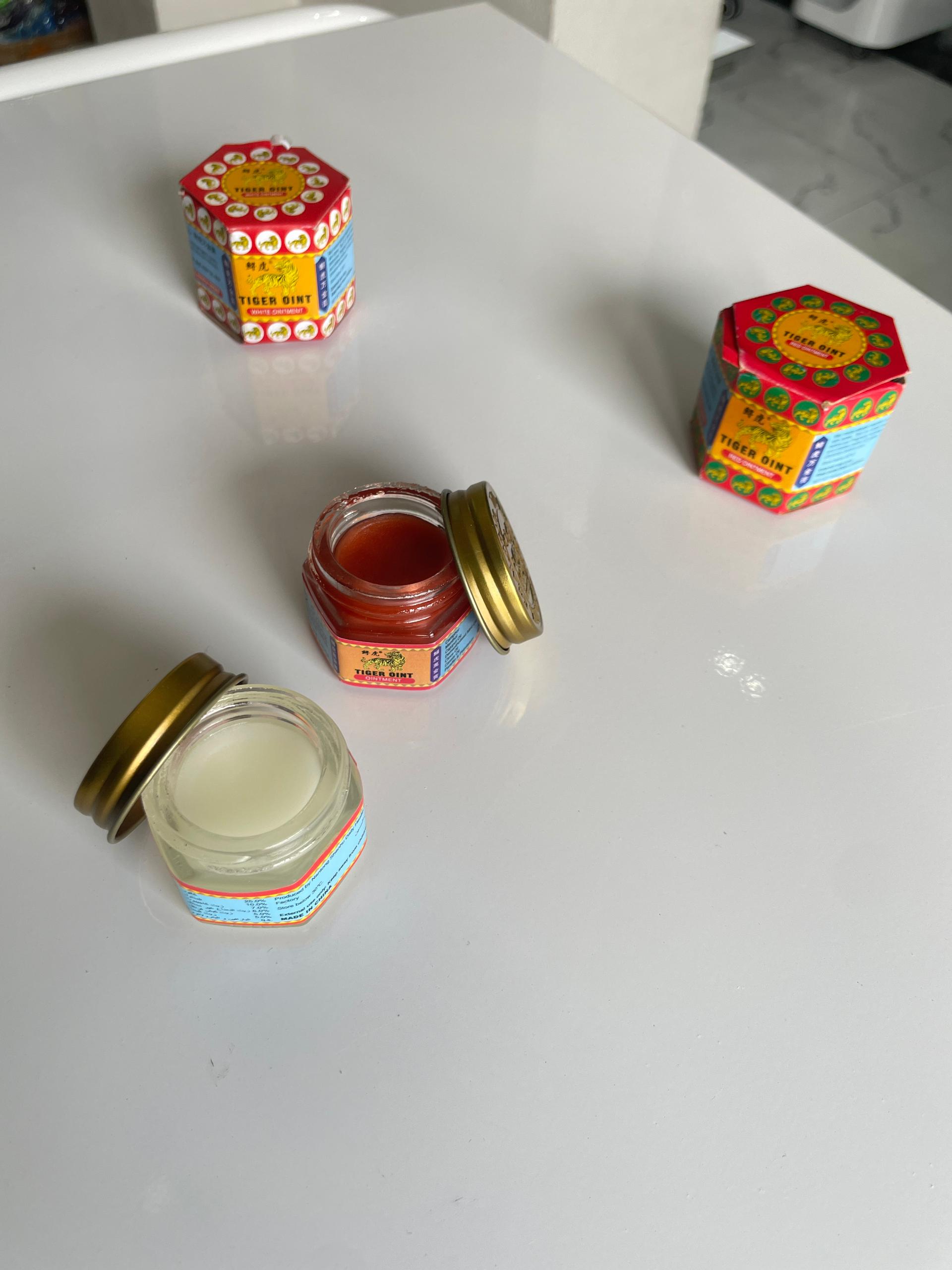
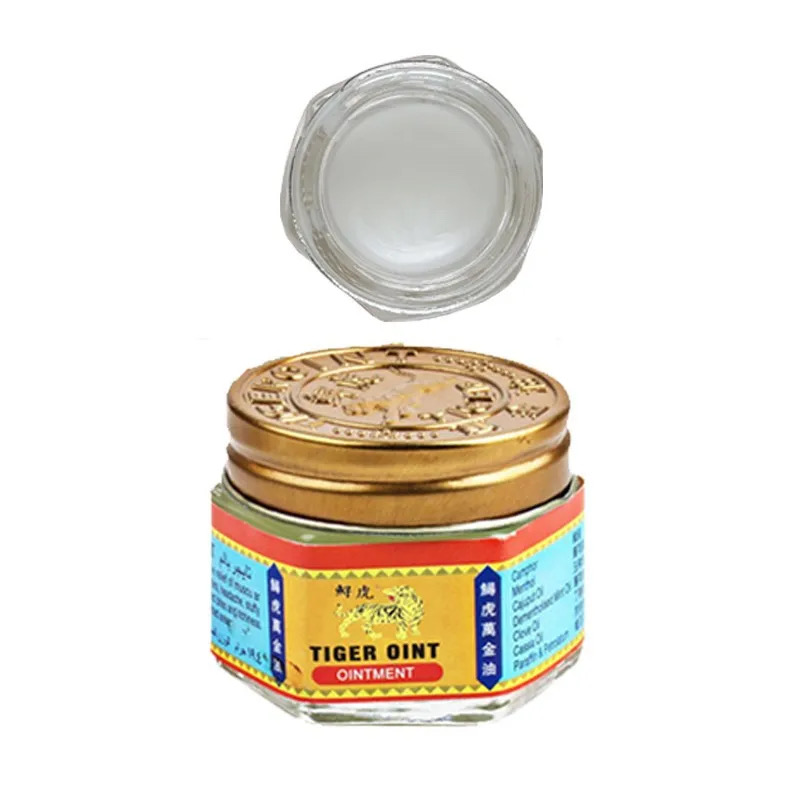
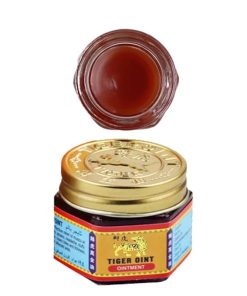
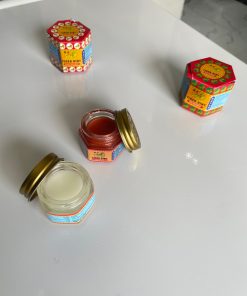
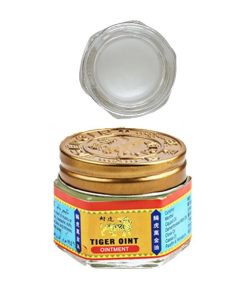
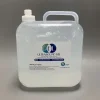

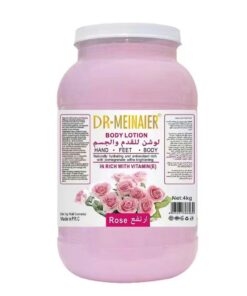



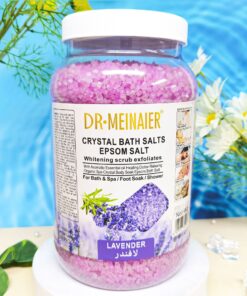

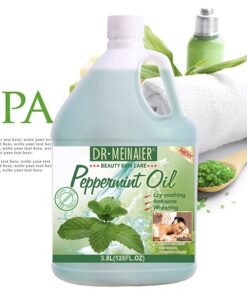

Reviews
There are no reviews yet.